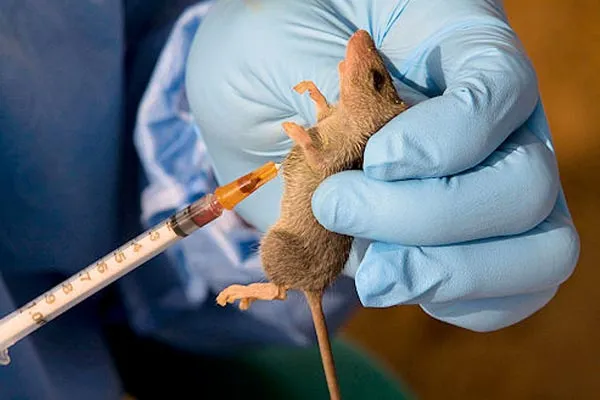
Experts in the health sector have converged on Abuja to discuss progress on research known as the ‘Enable Lassa Research Programme’, the largest ever Lassa fever study in the region.
The workshop was convened by the Nigeria Centre for Disease Control & Prevention (NCDC) and the Coalition for Epidemic Preparedness Innovations (CEPI) for scientists from across West Africa.
Speaking during the programme, the director-general, NCDC, Dr. Ifedayo Adetifa, said the three-day workshop brought together experts from Nigeria, Benin, Guinea, Liberia and Sierra Leone – all countries affected by Lassa fever – to share progress, challenges and insights from their work.
He said this was set up and funded by CEPI, to provide a more detailed description of the epidemiology of Lassa fever in the region.
Adetifa added that the agency is leading the Nigerian component of the study while the project was also being conducted in Benin, Guinea, Liberia and Sierra Leone.
“Lassa fever is typically spread to humans by infected rodents, with severe cases potentially resulting in a haemorrhagic fever associated with a high risk of death.
“It is recognised by the World Health Organisation (WHO) as a disease with epidemic potential.
“There are no vaccines for Lassa fever currently approved for human use,” he explained.
Recall that the research was launched in 2020. Enable aims to provide a better understanding of the true Lassa disease burden across West Africa – where there are regular outbreaks – and to guide the development of vaccines against this epidemic threat.
The Enable programme has been set up and funded by CEPI, one of the largest global funders of Lassa fever research.
First identified over 50 years ago, Lassa fever is typically spread when a person encounters the body fluids of the infected rodent species mastomys natalensis – otherwise known as the natal multimammate mouse or rat – or food and other materials contaminated by its urine, faeces and saliva.

